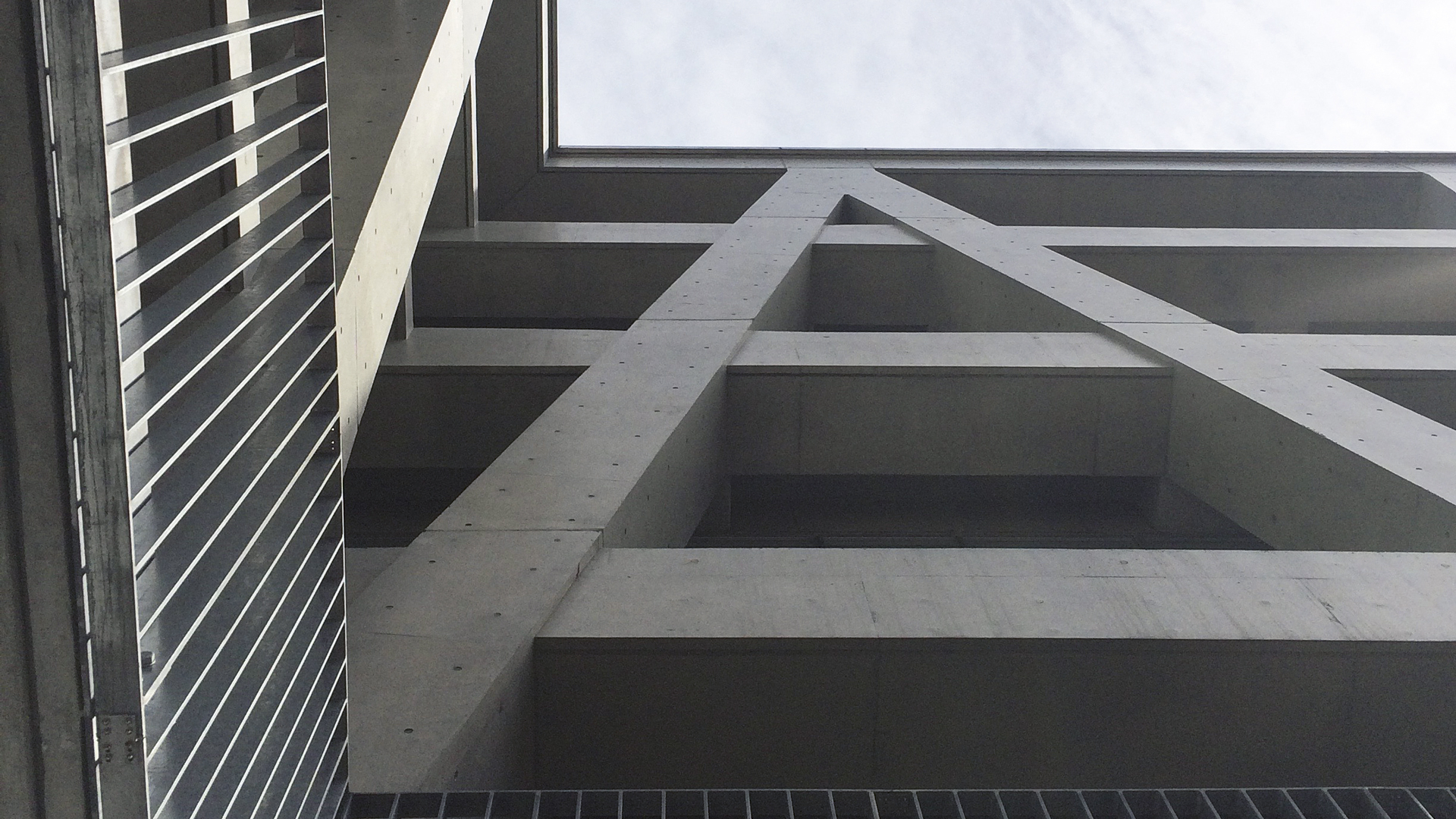In English | Issue 2/2022
CONCRETE OPTIMISM – On sustainability of concrete and architects’ influence in the era of climate change

In English | Issue 2/2022

Concrete is the most used building material in the world and the production of its central constituent, Portland cement is a carbon intensive and hard to abate process. Because of the massive consumption of concrete and the carbon intensity of cement production, concrete is responsible for approximately 7 % of all global carbon dioxide emissions. On one hand it makes concrete a considerable environmental problem, and on the other, it represents a clear target for emission abatement action.
Despite the high level of emissions, concrete is a critical material for humanity, which one could consider as a necessity for the economic and social development in the past century. Whereas other goods and services are consumed the most in the wealthiest and most developed countries, per capita consumption of concrete has been on the decline since the 70s global oil crisis. Most of the current consumption of concrete happens in rising economies, which are experiencing a high rate of urbanisation and need new infrastructure. Due to climate change, pressures to abate the carbon emissions of concrete are very high, but at the same time the global demand for concrete is rising.
There are multiple ways for abatement of concrete related carbon emissions through the development of cement production processes as well as material effciency of construction and better recycling and reuse at the end of service life. From an architect’s perspective the opportunities for abatement are largely based on material effciency, which can be achieved through the choice of structural system and dimensioning as well as design for flexibility and disassembly. Column and beam based systems that are designed for disassembly should be encouraged as they are both flexible and demountable for re-use. Carbon sink through carbonation can be enhanced at the end of concrete’s life cycle by crushing it or during the life cycle via surface finish choices. Concrete’s high thermal capacity can also be harnessed to absorb and store solar energy.
Read the entire article in Finnish and see the images >>

Sivusto käyttää evästeitä käyttökokemuksen parantamiseksi. Keräämme myös anonyymiä tietoa sivuston käytöstä, jotta voimme tarjota sinulle kiinnostavaa sisältöä. Voit kuitenkin estää tietojen keräämisen Kävijämittaus ja analytiikka -painikkeesta.
Toiminnalliset evästeet ovat verkkosivuston toimivuuden ja kehityksen kannalta tarpeellisia. Toiminnalliset evästeet eivät tallenna tietoja, joista sinut voitaisiin välittömästi tunnistaa.
If you disable this cookie, we will not be able to save your preferences. This means that every time you visit this website you will need to enable or disable cookies again.
Please enable Strictly Necessary Cookies first so that we can save your preferences!